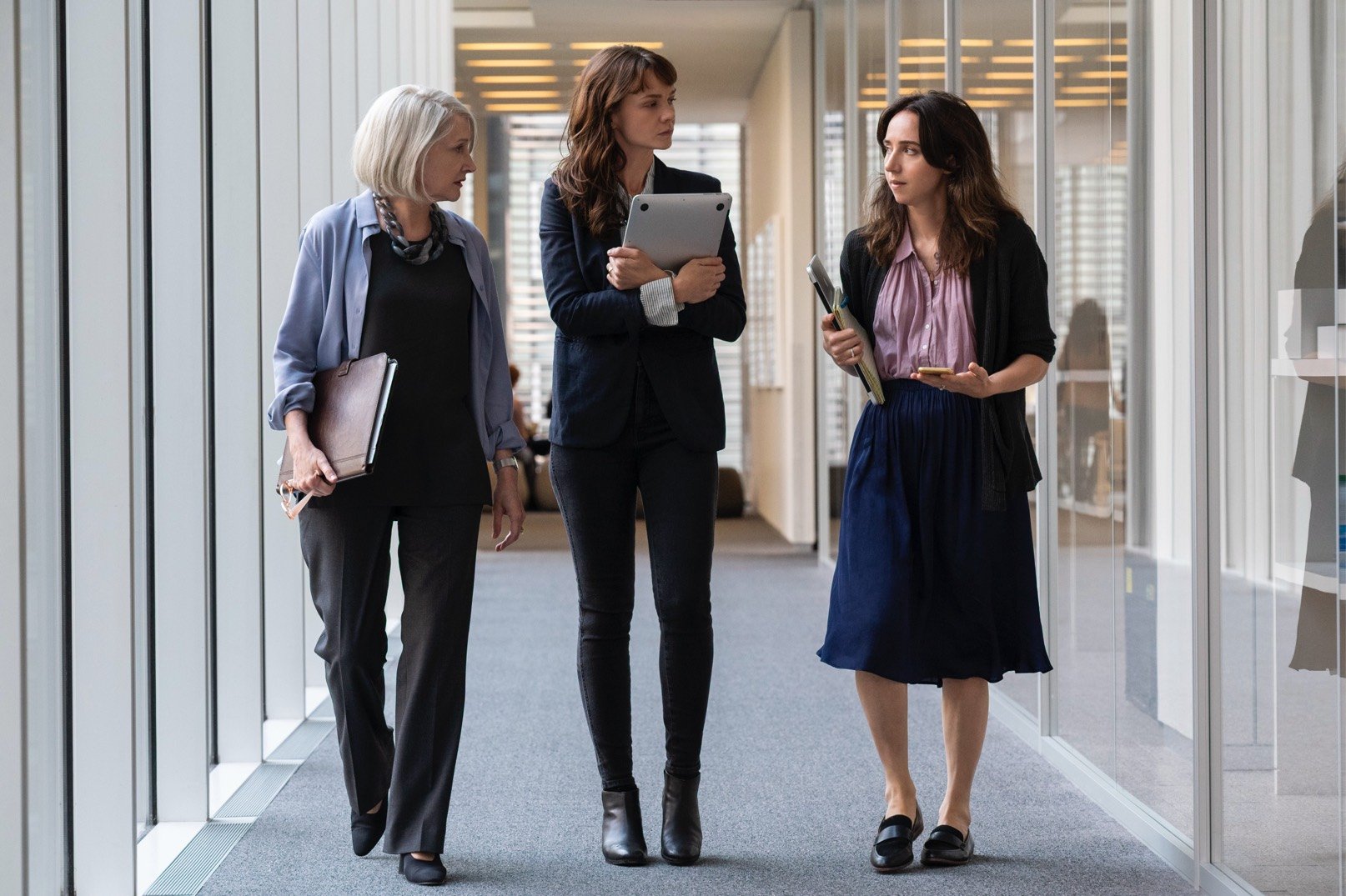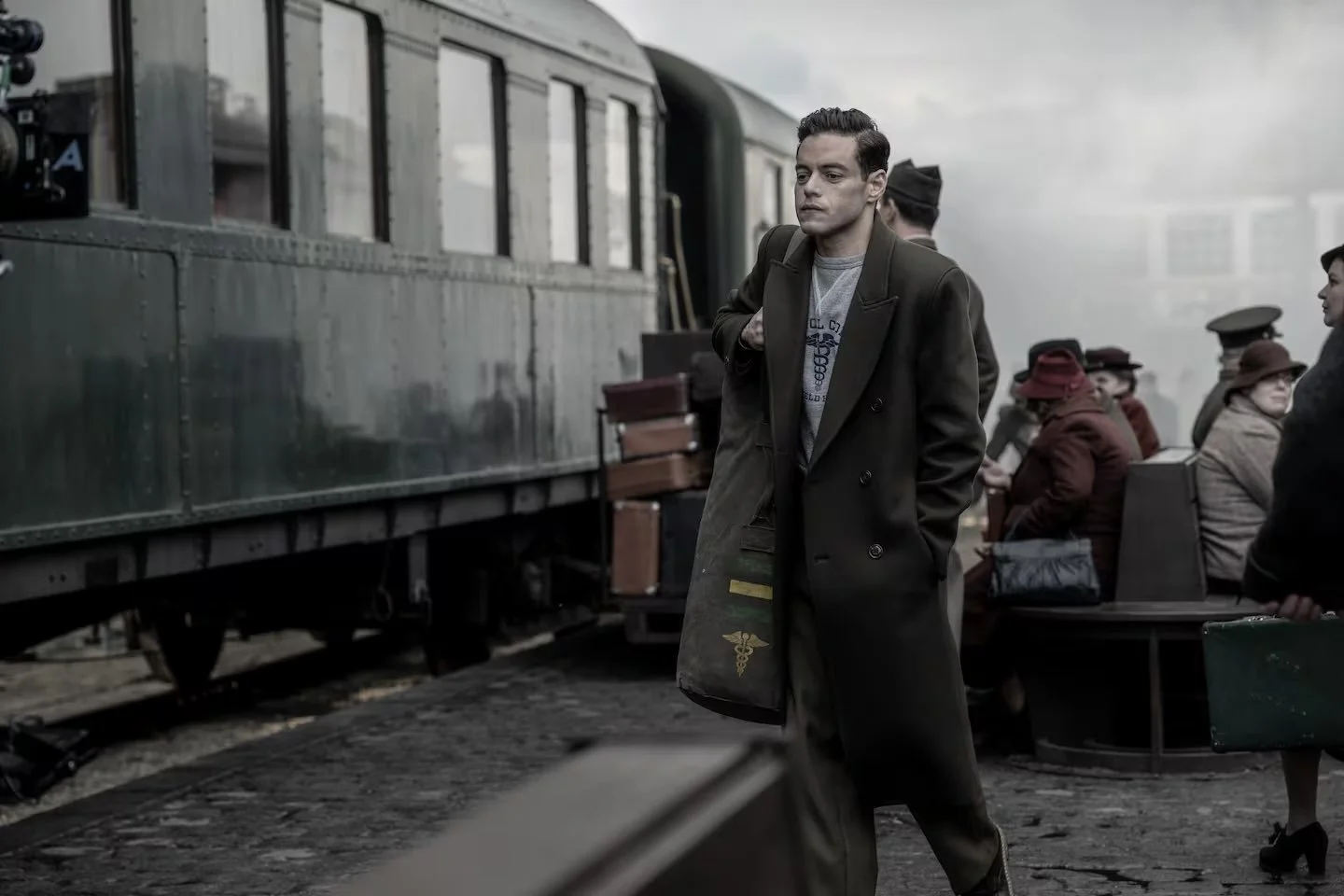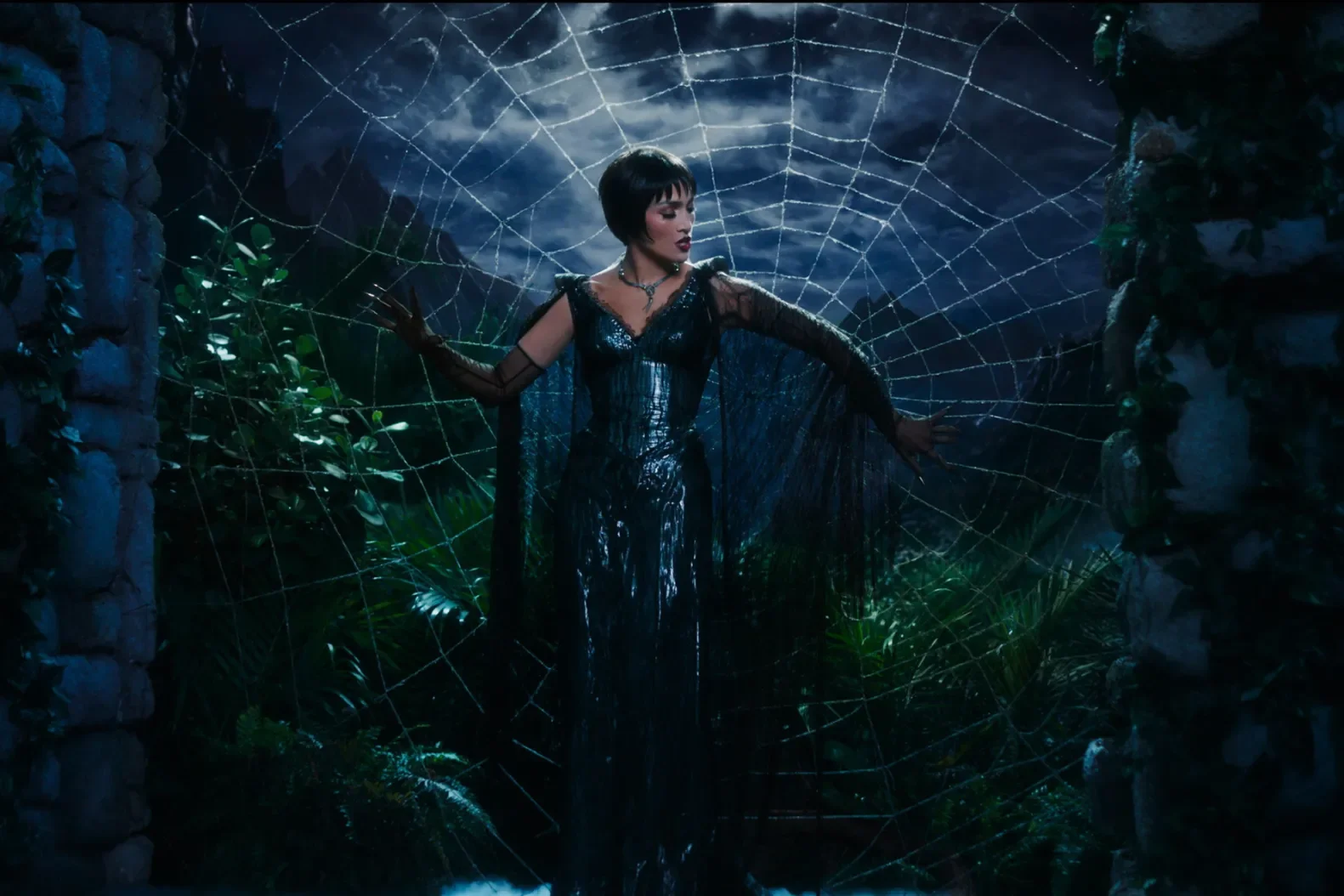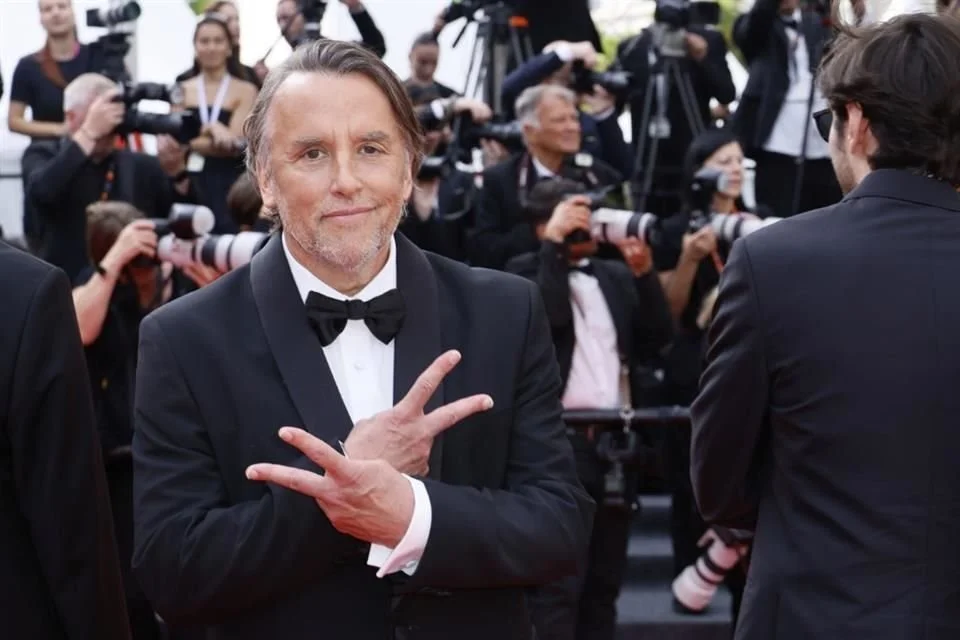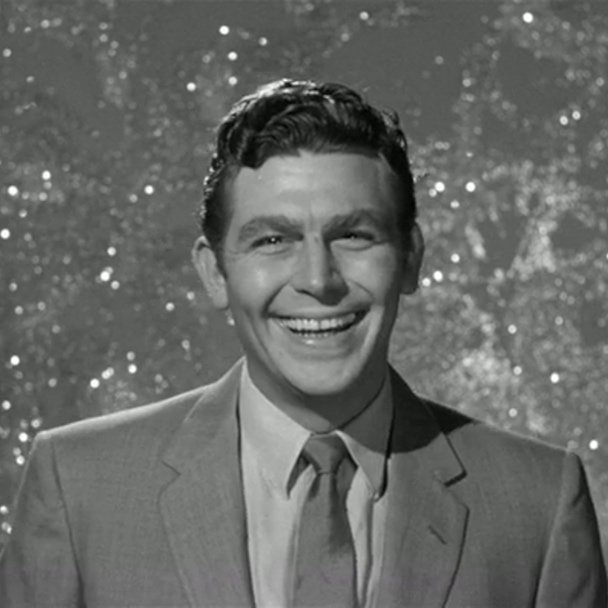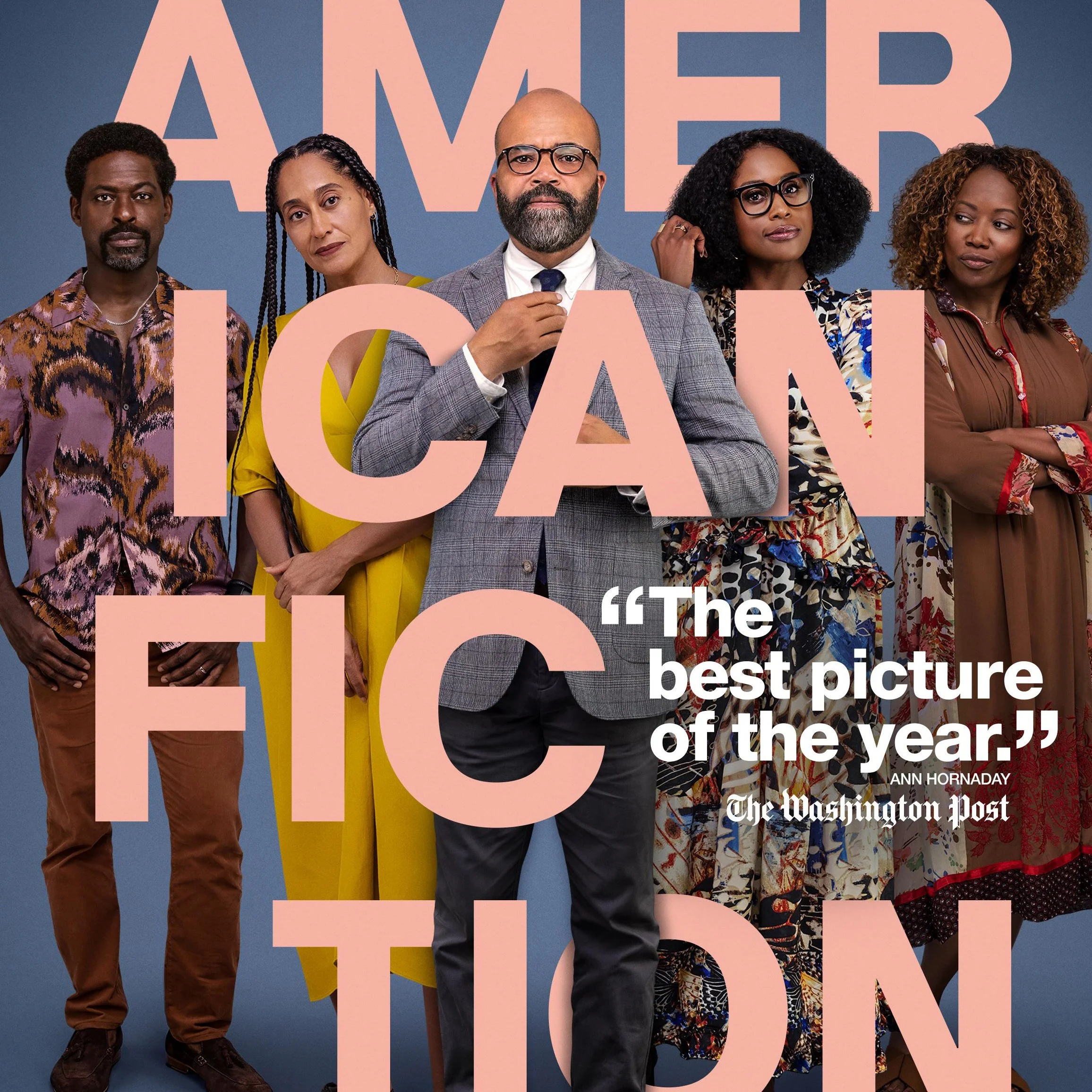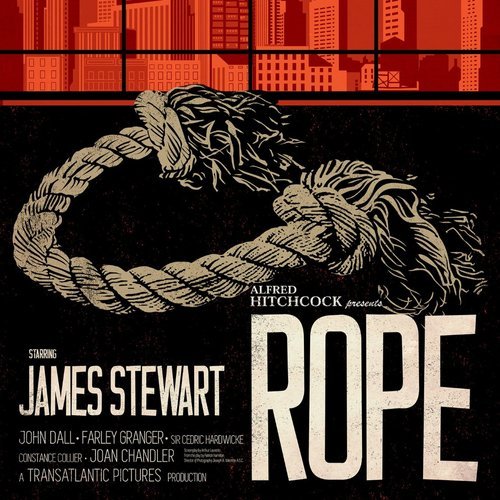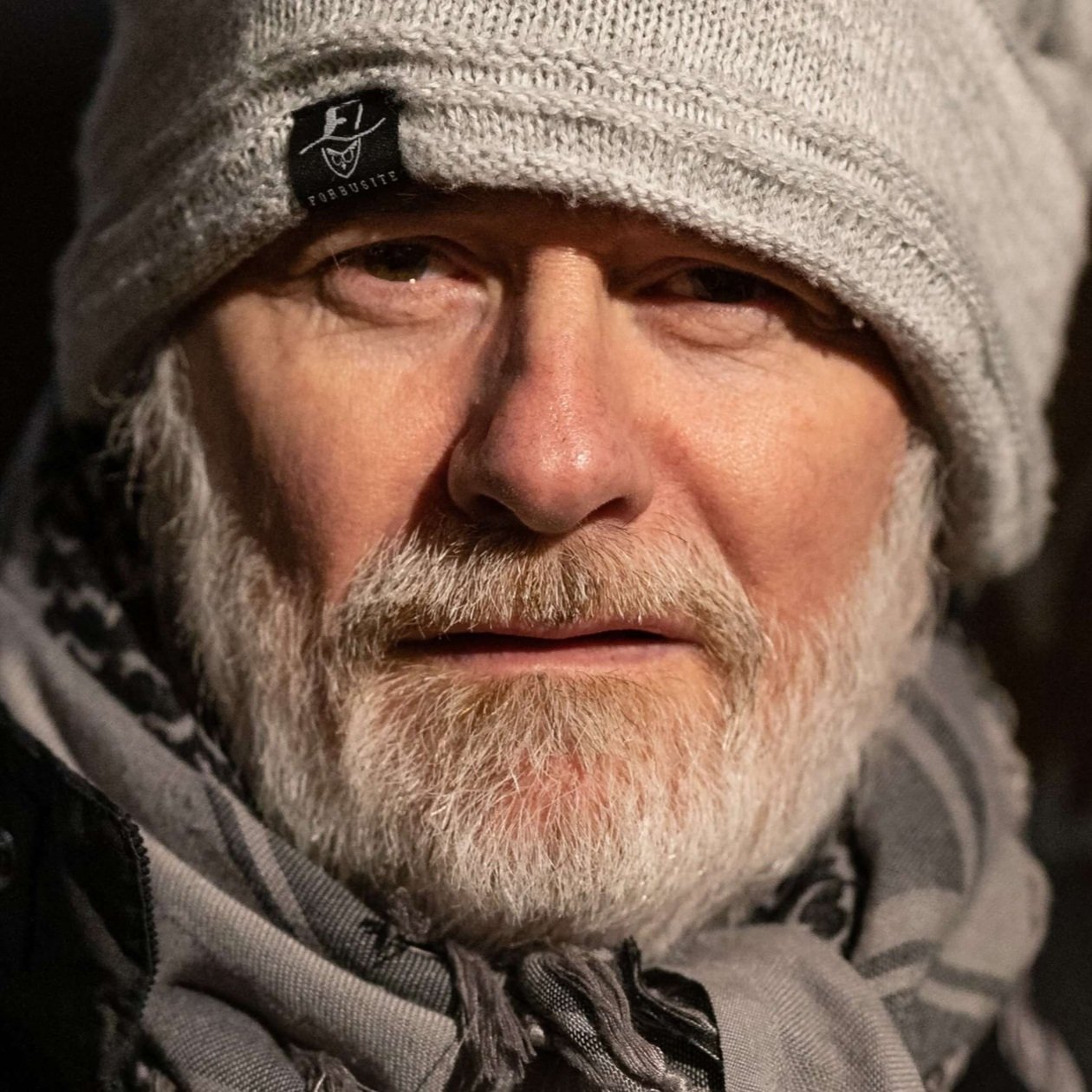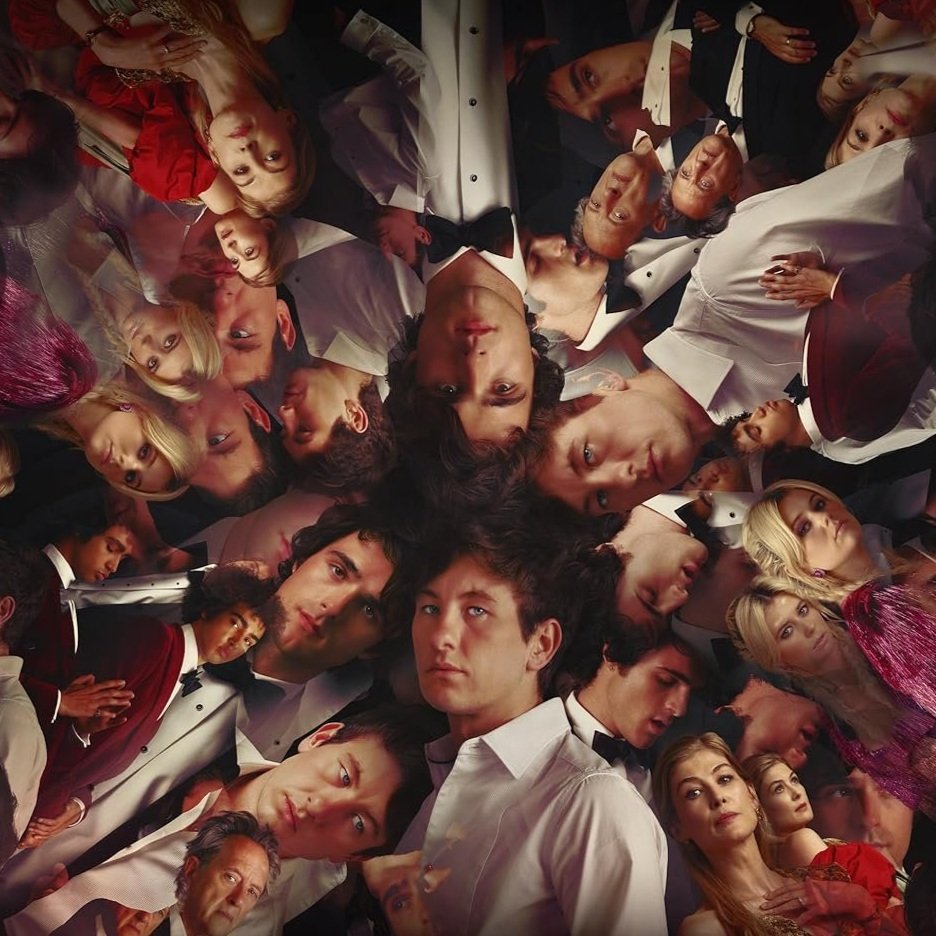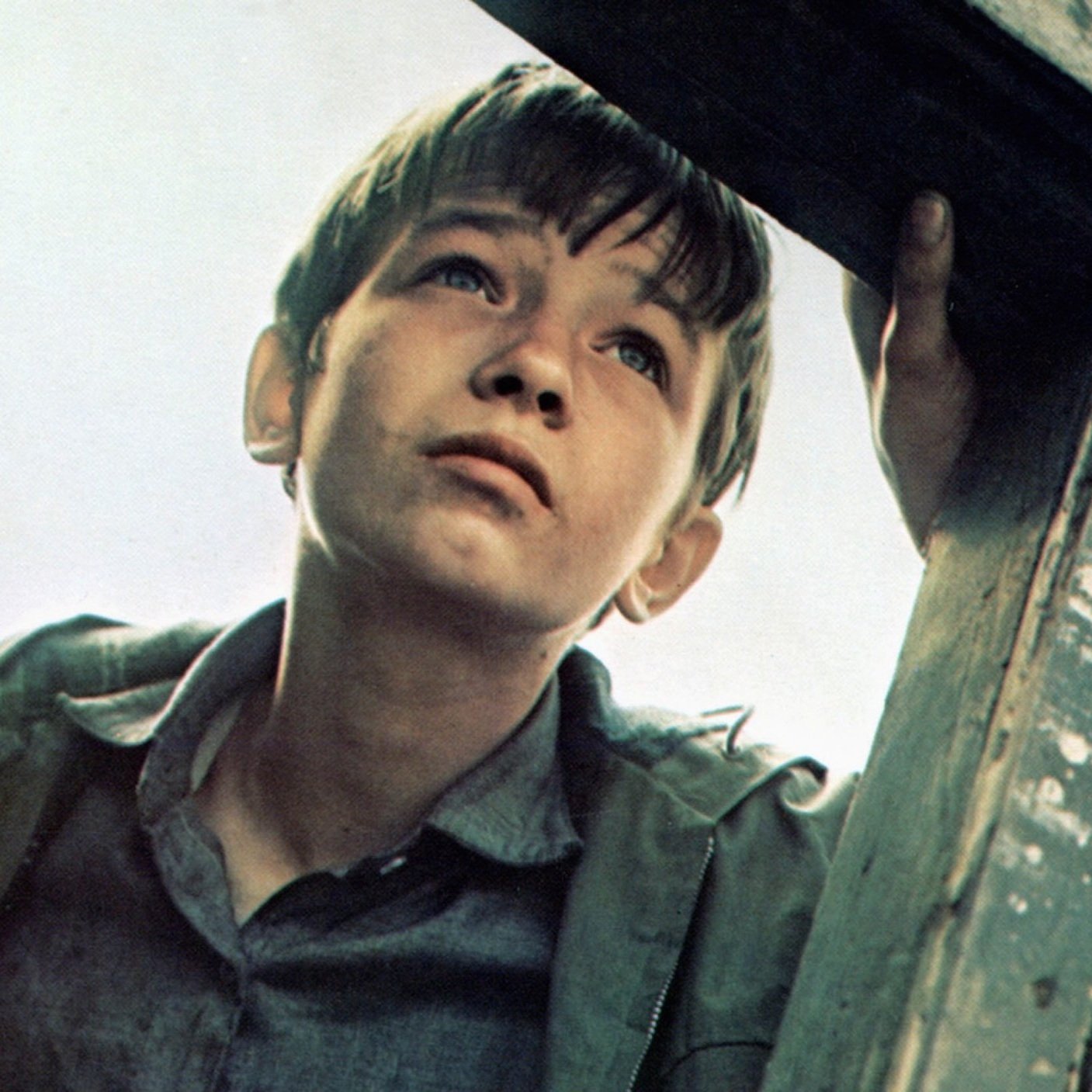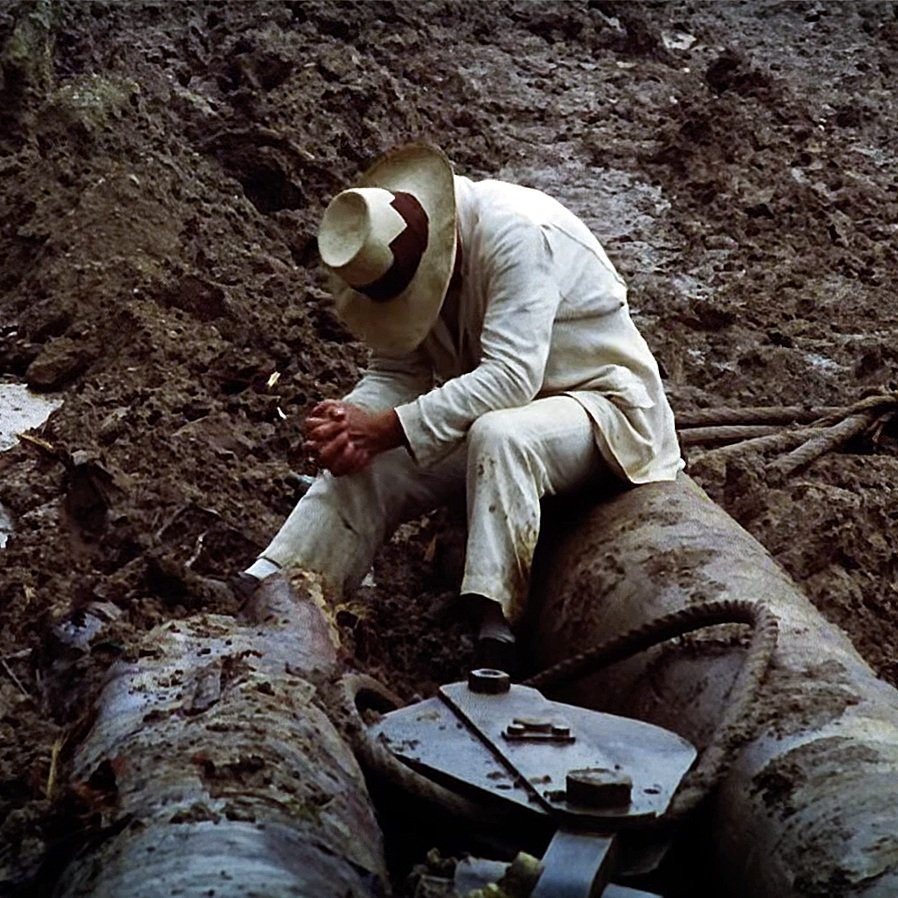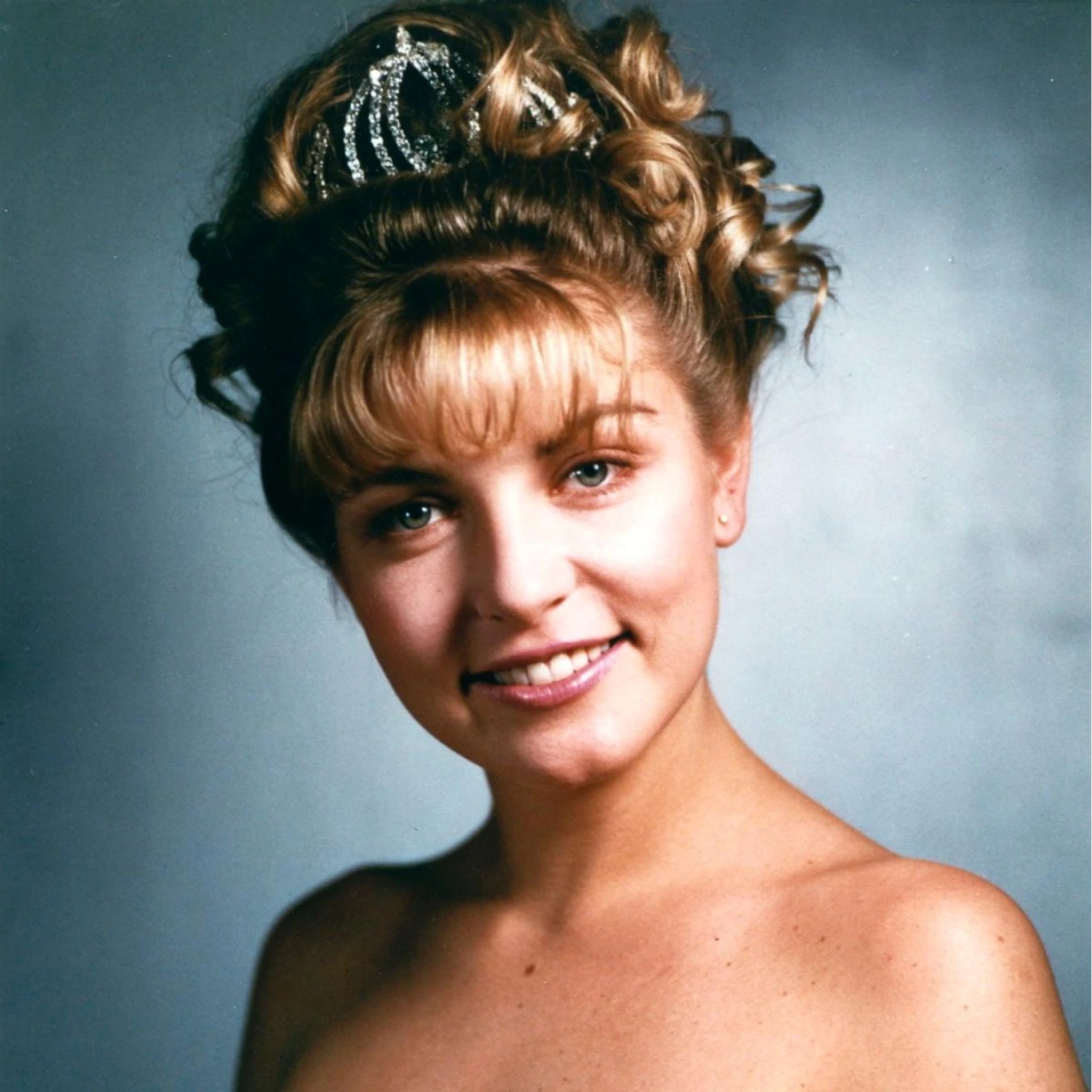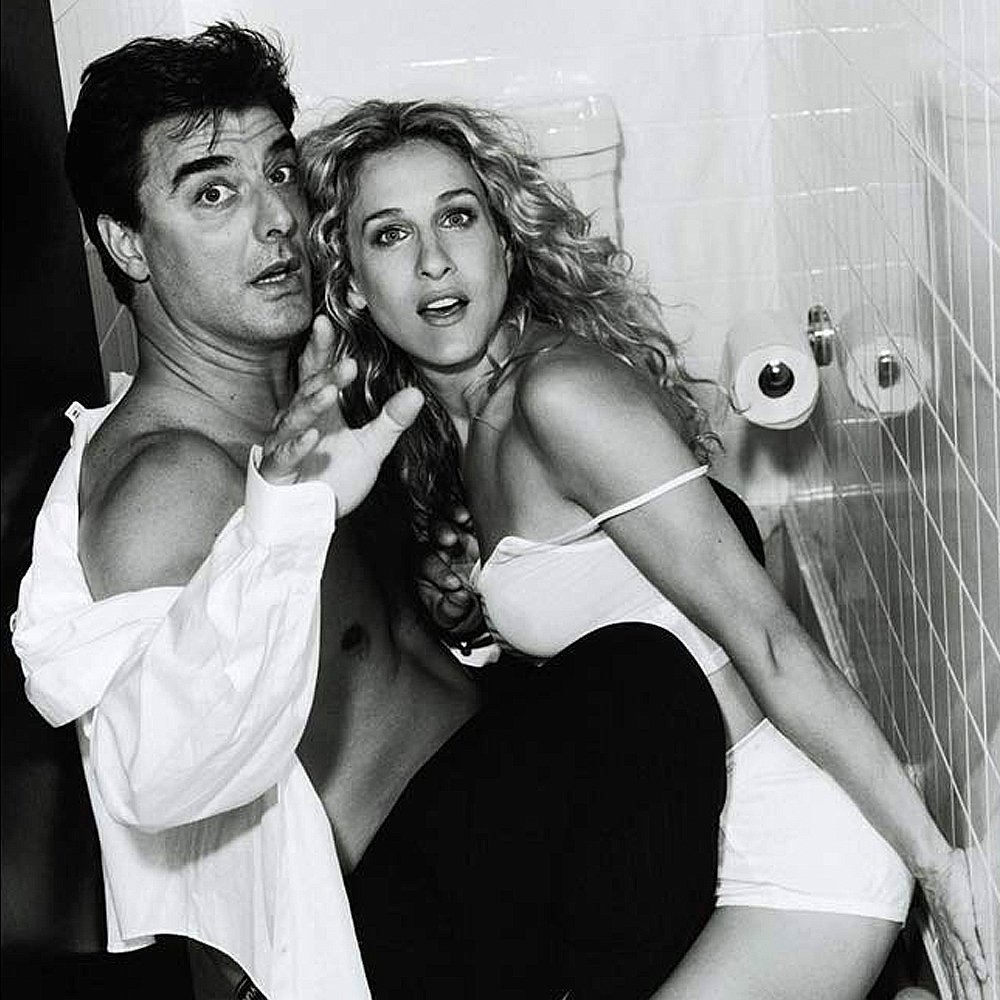Who Cares What He Said? She Said is All that Matters
“He said, she said” is a common enough phrase that has existed for as long as any of us can remember. As simple as it is, it sums up the evident imbalance between men and women that allows the former to wield an unforgivable amount of power over the latter. Fortunately, Maria Schrader reclaims the narrative surrounding that phrase in her new film, She Said, by figuratively and literally removing men from the picture. Her film follows Jodi Kantor (Zoe Kazan) and Megan Twohey (Carey Mulligan), two New York Times reporters, as they investigate an assault rumor against Harvey Weinstein. Throughout the course of the film, they slowly uncover multiple stories of sexual abuse and attempt to break the story by convincing the survivors to go on the record. Viewers may think, “this sounds just like Bombshell or Spotlight. Why do we need another retelling of a horrific event?” I feared this as well, given the visceral and emotional reaction I had to Jay Roach’s Bombshell. While the conversation surrounding sexual assault remains, Schrader made sure that the attention of the film was not on the crime committed, but on the survivors: the women. Between the phenomenal acting, beautiful stylistic choices, and intelligent structuring of the plot, She Said is a film well deserving of a “Best Picture” nomination.
Zoe Kazan and Carey Mulligan truly shined in this film. It is rare that Mulligan gives anything less than an Oscar-worthy performance, but Kazan steps up to Mulligan’s level and matches her dominating power to create the equal balance of two female leads that this film seeks to present in its story. Just as you think one actress and her character might be outshining the other, the power balance is restored to keep both in the limelight. I would be remiss if I did not mention Patricia Clarkson and the talent she brings to the table as Kantor and Twohey’s boss, Rebecca Corbett. Under the guise of being a soothing presence to merely guide Kantor and Twohey in the right direction, she brings a quiet force to the film. However, she exerts just as much power as seen in her scenes with Weinstein’s lawyers.
While the New York Times staff was well-represented, nothing can compete with the heartbreaking testimonies given by Weinstein’s survivors. While all of the performances are shell-shocking, two actresses stand out: Jennifer Ehle as Laura Madden and Samatha Morton as Zelda Perkins. They each are consistent focal points throughout the film and vital to the success of the story. Their testimonies are so well-delivered that viewers will get lost in their words and may even believe that they are the victims themselves. Ashley Judd even graces the screen as herself; she is a survivor of Weinstein’s abuse. If you ever wondered what happened to Judd’s career, look no further. She was blackballed from the industry for refusing Weinstein’s advances. Though she is a minor character in the film, I greatly appreciated her willingness to return to the screen and the ease with which she recounted her story. Her desire to tell this story properly is evident. Perhaps the best moment in the film is when Judd decides to go on the record and Kazan breaks down crying. Her sobs manage to convey the complex emotions experienced by the real reporters and victims of Weinstein. Having become invested in a long and upsetting film, they are cathartic for everyone involved, cast members and viewers alike.
It could not be more evident that Maria Schrader had a specific vision in mind for the film before beginning the creative process. She made wonderful cinematic choices in visually displaying the film. Schrader recognized the important role that cinematography holds in the telling of a story. The camera movements and shots were slow and calm, keeping the carefully measured pace of the film intact. This specific story needed to be told carefully and slowly, and the cinematography allowed the story to remain unhurried and prevented the audience from getting overwhelmed. I would also like to applaud the production designers, art directors, and prop masters for the outstanding mise-en-scène. I usually don’t dive into such technical aspects of a film, but it must be acknowledged that the prop placement was almost perfect. They managed to convey multifaceted messages through the mere use of objects. I could look at a certain scene and tell what had happened and the emotions present without actually seeing the action. Besides the testimonies, which were riveting in their own right, She Said contained no overwhelming and complex monologues that drove the film off course. Schrader, as well as the script coordinators, understood when to let the silence speak for itself. The script was perfectly effortless. The overall theme I took from Schrader’s choices was that of understatement. She allowed the acting, script, and mise-en-scène to remain as simple as possible to keep the audience focused on the victims of abuse. This film is about their survival stories, and Schrader centered her film around them, while also maintaining a stylistically beautiful film.
She Said was extremely clever in how it structured the plot to mirror its feminist themes and messages. The title removes the “he said” portion of the phrase, making it clear immediately that Megan Twohey and Jodie Kantor didn’t give a damn about what ‘he’ said. I introduced this in the first paragraph, but “he said she said” is frequently used as an excuse, or to shove off accusations because supposedly, the disagreement of the matter shows that nothing can be proven. By removing that portion of the phrase, the focus of the film is on the committed action or crime, and not the subsequent disagreement of what happened. It reclaims the narrative surrounding the phrase, showing that it can’t just be used as a brush-off. What is being ‘said’ actually matters. I greatly appreciated Schrader’s choice to eliminate Harvey Weinstein physically from the film. I really didn’t need another horrifying old white man in my nightmares. To supplement this choice, there were no visual reenactments of the sexual assault that occurred. As stated in an interview, Schrader made these choices because, as the real survivors were involved in the film, she couldn’t ask them to relive that emotional experience. With each element of the film, Schrader’s respect for the women and this story becomes more and more evident. Too frequently, women are accused of being too emotional or overly angry over nothing. Schrader takes these accusations and throws them out the window with two specific instances of frustration. First, after Kantor and Twohey have gotten deeply invested in their story, it is revealed that Ronan Farrow, a male reporter at The New Yorker, is also trying to break the story of Harvey Weinstein’s multiple assault cases. This is just another instance of men trying to seize any power or recognition that women gain. Finally, at a certain point in their investigative process, Kantor, Twohey, and their boss go to a bar to discuss their work. At said bar, a random man starts hitting on Twohey relentlessly, and she finally snaps, shouting “F**k you, f**k off,” for a good ten seconds. I am not exaggerating when I say I experienced so much enjoyment watching that scene.
While I enjoyed the film and the message it aimed to send, it slightly missed the mark on the audience which it needed to address. Unfortunately, it fell into the trap that a lot of Hollywood films tend to fall into when portraying “inspirational” films. This film flopped at the box office. This is because it only appealed to a certain group of women. The middle-upper class, or society’s elites, were the protagonists and were shown as heroes. While I am not criticizing the work that Kantor and Twohey did – their reporting is extremely admirable and important – it does not apply to the working class, which makes up the majority of our population. You could counter-argue that this was just the nature of the already-existing story that couldn’t be changed, but I could argue back that maybe we didn’t need another story about high-profile people. There are many stories similar to those of these survivors that don’t get the privilege of being heard.
As members of the public, we see breaking news after the fact. It is not frequent that we get to see into the lives of reporters and their jobs. (Although it has become increasingly popular as a genre of film and television recently). The slow pace of the film – which goes unnoticed, thankfully – mirrors the painstaking process of investigative reporting. The addition of backstory for both Kantor and Twohey added so much additional emotion to the film. It exposed the societal implications of such a story and rape, in general. At the beginning of the film, Twohey is pregnant with her first child and Kantor has two daughters. Megan’s pregnancy and Jodie’s children are clearly a political commentary about the failure to prevent the spread of sexual assault and harassment to the next generations. In one scene, Kantor’s daughter asks Jodie about her story, eventually bringing up the word “rape”. The fact that at age eight, a young girl would be aware of such a horrific act is extremely upsetting. The ending of the film was very abrupt, but I interpreted this as an intentional choice by Schrader. It is abrupt, partly because since this happened recently, we lived the aftermath of the story. However, another reason for the abrupt ending is the fact that sexual assault cases like those included similarly have quick endings. The victim either wins or loses the case, and no matter the outcome they are expected to walk away and get over it. Due to the increasing frequency of sexual assault stories coming out, society has started to become immune to its horrific nature. We’ll hear about another man in power abusing it, and we don’t feel or consider the full implications. The attention goes to the abuser and less to the victims, which this film seeks to correct. It’s very unfortunate that the public has started to treat rape like a regular occurrence. This film also presents a different point of view for the survivors. It is sad to say, but victim-blaming is a frequent occurrence. When survivors do step forward, people love to say, How do we know she’s telling the truth? or Why did she take so long to come forward or even the worst, Maybe she was asking for it. It is so easy for those outside of the situation to victim-blame and spread rumors, but by introducing victim-shame into the narrative, Shrader critiques the idea that people can silently judge without any knowledge of the situation. The entire film is dedicated to the process of getting the survivors to go on the record, just to show how difficult it truly is to publicly accuse a man in a position of power of sexual assault. She Said is one giant critique of the structure of society and how it allows dangerous behavior by men to continue without consequences.
Popular Reviews



